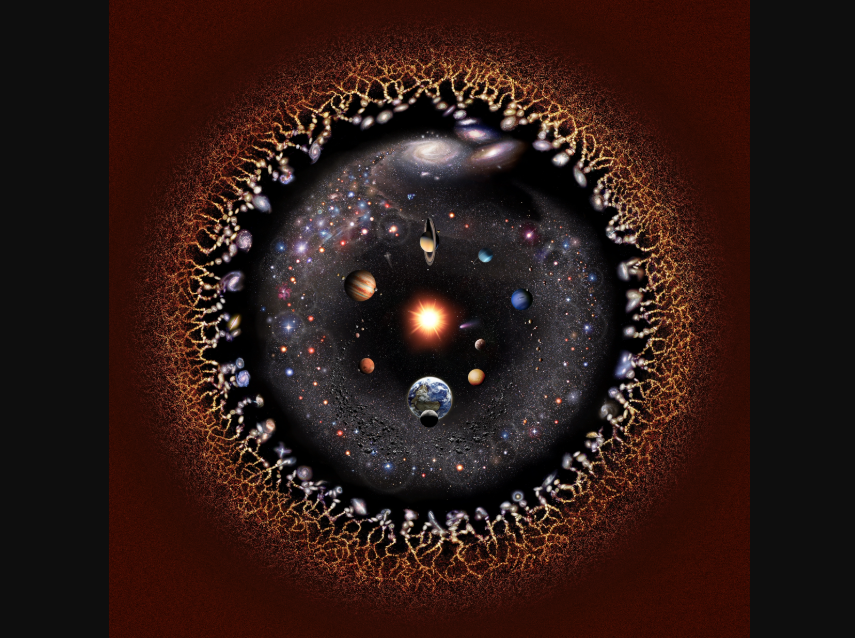In a casual conversation, someone once mentioned that if the universe were a computer program, software errors would be black holes. The idea sounded funny and absurd, but it continues to haunt thinkers and scientists. What if the cosmos, so vast and mysterious, were actually a gigantic computer simulation? This question, which seems straight out of a science fiction novel, is now the subject of very serious scientific research.
Recently, physicist Melvin M. Vopson of the University of Portsmouth presented a paper in AIP Advances that could shed new light on this debate. Titled “Is gravity evidence of a computational universe?”, his work suggests that gravity is not a fundamental force, but rather a manifestation of an information optimisation principle.
According to Vopson, everything in the universe would tend to organise itself in a way that minimises information content, much like a well-designed computer program.

This simple example reflects what Vopson proposes in his theory: gravity is not just a force that attracts objects, but an optimisation mechanism that reduces information entropy. The universe, like a giant computer program, would continually look for ways to “save resources” by grouping matter and simplifying its own structure.
How Does Vopson’s Approach Compare to Previous Theories?
The idea that gravity could have an entropic origin is not entirely new. In 2011, physicist Erik Verlinde proposed a similar hypothesis, based on holography and thermodynamics. However, Vopson’s approach introduces key differences.
While Verlinde assumes that space-time emerges from informational processes in holographic displays, Vopson relies directly on the second law of infodynamics and the mass-energy-information equivalence principle. “This study emphasises the second law of infodynamics as the primary driver, combined with the M/E/I equivalence principle, which is absent in Verlinde’s formulation,” he notes.
Furthermore, where Verlinde proposed an increase in entropy as the driving force of gravity, Vopson postulates the opposite: it is the decrease in informational entropy that drives the organisation of matter into more compact structures.

Implications beyond gravity
Vopson’s proposal goes beyond reinterpreting gravity. He also suggests that other physical phenomena, such as the thermodynamics of black holes, dark matter, and dark energy, could be understood within this same informational optimisation framework.
In his view, “gravitational attraction arises because of a fundamental drive to reduce the entropy of information in the universe.” This could have profound consequences for the search for a unified theory of physics, bringing together concepts from quantum mechanics, relativity, and information theory.
If the universe really works like a computer, understanding its data compression rules could reveal hidden patterns in currently unexplained phenomena. The question, of course, is how to empirically test this hypothesis, which remains a huge challenge.
A Computer Simulation?
All of this inevitably leads to the old but fascinating question: Are we living in a simulation? For Vopson, the hypothesis of a computational universe is not only plausible, but gains strength when considering this new evidence.
“An intriguing possible consequence of all this is that the universe is informational in nature and computationally similar,” he states in his article. If so, physical laws like gravity would be mere lines of code in a larger, deeper program.
This way of thinking connects with modern philosophical insights and theories such as the multiverse and holographic models of the cosmos. Although definitive proof is lacking today, Vopson’s suggestion offers an innovative perspective for addressing some of the greatest mysteries in physics.





